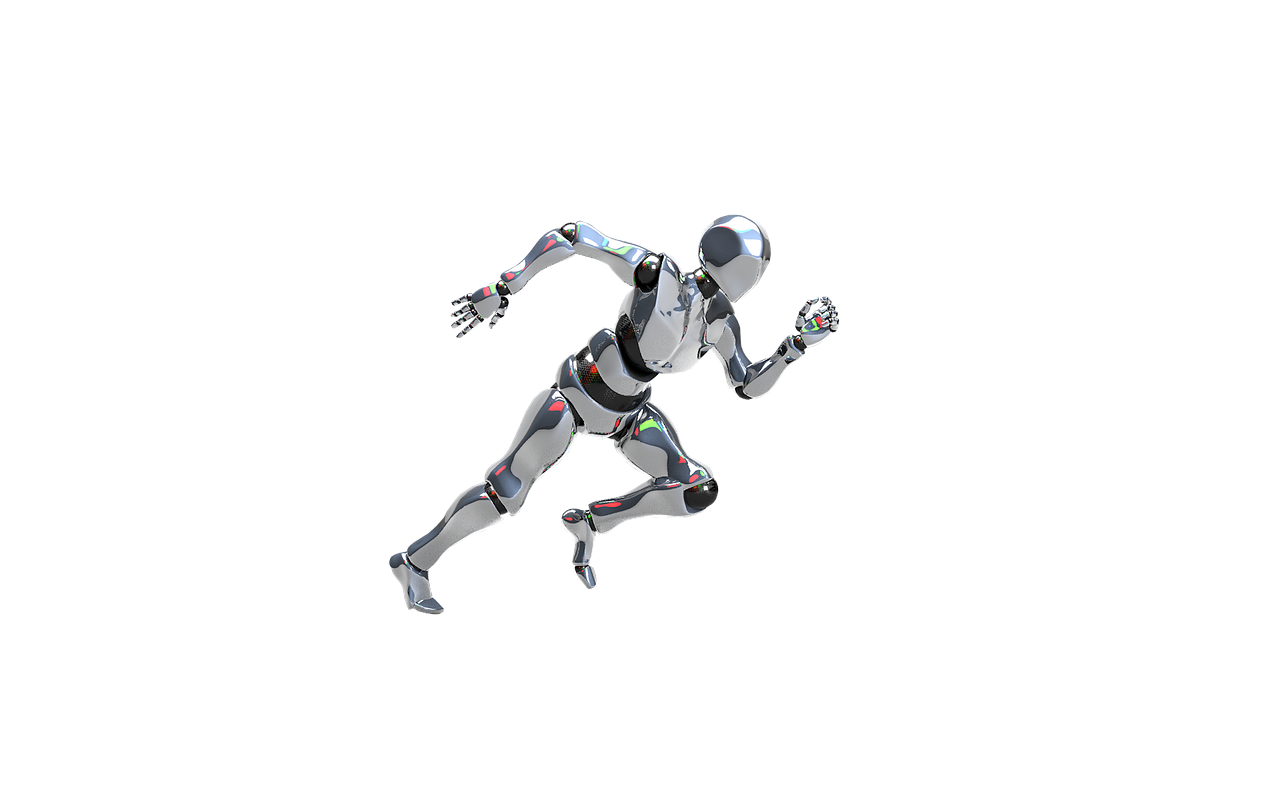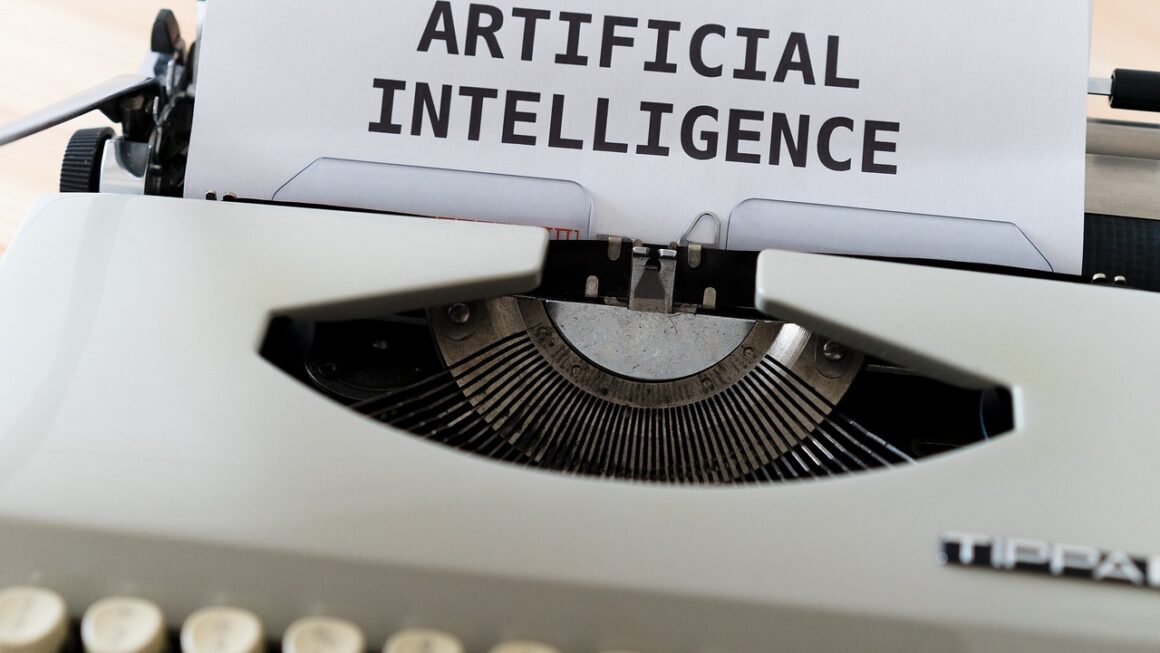The explosive growth of artificial intelligence (AI) is driven not only by advanced algorithms and massive datasets, but also by the specialized hardware that powers these innovations. From training complex neural networks to deploying AI models at the edge, dedicated AI hardware is essential for achieving the performance, efficiency, and scalability required for modern AI applications. This blog post delves into the world of AI hardware, exploring different types of architectures, their applications, and the future trends shaping this dynamic field.
Understanding AI Hardware
What is AI Hardware?
AI hardware refers to specialized computing systems designed and optimized to accelerate AI workloads, such as machine learning (ML) and deep learning (DL). Unlike general-purpose CPUs (Central Processing Units), AI hardware is built with specific architectures tailored to handle the computationally intensive tasks involved in AI, such as matrix multiplication, convolution operations, and parallel processing.
- CPUs (Central Processing Units): Traditional processors used for general-purpose computing. While they can perform AI tasks, they are less efficient than specialized AI hardware.
- GPUs (Graphics Processing Units): Initially designed for graphics rendering, GPUs have become popular for AI due to their parallel processing capabilities.
- FPGAs (Field-Programmable Gate Arrays): Reconfigurable hardware that can be customized for specific AI algorithms, offering a balance of performance and flexibility.
- ASICs (Application-Specific Integrated Circuits): Custom-designed chips tailored for specific AI tasks, offering the highest performance but with less flexibility.
- Neuromorphic Computing: A new class of hardware inspired by the human brain, aiming to replicate neural structures and processes for ultra-efficient AI.
Why is AI Hardware Important?
AI hardware is crucial for several reasons:
- Performance: AI algorithms, particularly deep learning models, require immense computational power. Specialized hardware accelerates these computations, enabling faster training and inference times.
- Efficiency: AI hardware is designed to perform AI tasks more efficiently than general-purpose processors, reducing energy consumption and cost.
- Scalability: As AI models grow in complexity and data volume, specialized hardware enables scaling AI applications to handle larger workloads.
- Real-time Processing: Applications like autonomous driving and robotics require real-time processing of AI models, which is made possible by high-performance AI hardware.
Types of AI Hardware Architectures
GPUs (Graphics Processing Units)
GPUs are widely used for AI due to their massively parallel architecture. They contain thousands of cores that can perform many calculations simultaneously, making them well-suited for the matrix operations prevalent in deep learning.
- Benefits: High performance, mature software ecosystem (e.g., CUDA), widely available.
- Drawbacks: Higher power consumption compared to other solutions.
- Examples: NVIDIA Tesla series, AMD Radeon Instinct.
- Practical Example: Training a large language model (LLM) like GPT-3 benefits significantly from the parallel processing capabilities of GPUs, reducing training time from months to weeks.
FPGAs (Field-Programmable Gate Arrays)
FPGAs offer a unique combination of performance and flexibility. They can be reconfigured to implement specific AI algorithms, allowing for custom optimization.
- Benefits: Customizable, good performance, lower latency compared to GPUs in some applications.
- Drawbacks: Requires specialized programming skills (e.g., using HDL languages like VHDL or Verilog).
- Examples: Xilinx Versal, Intel Agilex.
- Practical Example: FPGAs are used in edge computing applications, such as smart cameras and drones, where low latency and power efficiency are critical for real-time image processing.
ASICs (Application-Specific Integrated Circuits)
ASICs are custom-designed chips tailored for specific AI tasks. They offer the highest performance and energy efficiency but are less flexible than GPUs and FPGAs.
- Benefits: Highest performance, optimized for specific tasks, low power consumption.
- Drawbacks: High development cost, limited flexibility, long design cycles.
- Examples: Google TPUs (Tensor Processing Units), Amazon Inferentia.
- Practical Example: Google TPUs are used to accelerate the training and inference of AI models in Google’s data centers, powering services like Google Search and Google Translate. Amazon Inferentia is used for cost-effective inference in the cloud.
Neuromorphic Computing
Neuromorphic computing is an emerging field that aims to create hardware inspired by the structure and function of the human brain. These systems use spiking neural networks (SNNs) to process information in a more energy-efficient manner.
- Benefits: Ultra-low power consumption, potential for mimicking biological neural networks.
- Drawbacks: Still in early stages of development, limited software support.
- Examples: Intel Loihi, IBM TrueNorth.
- Practical Example: Neuromorphic chips are being explored for applications such as robotic navigation, pattern recognition, and sensor data processing, where their low power consumption and real-time processing capabilities can be advantageous.
Applications of AI Hardware
Cloud Computing
AI hardware plays a crucial role in cloud computing, enabling companies to deploy AI models at scale. Cloud providers offer access to specialized AI hardware, such as GPUs and TPUs, allowing users to train and deploy models without investing in expensive hardware infrastructure.
- Benefits: Scalability, cost-effectiveness, access to cutting-edge hardware.
- Examples: AWS SageMaker, Google Cloud AI Platform, Microsoft Azure Machine Learning.
Edge Computing
Edge computing involves processing data closer to the source, rather than sending it to the cloud. AI hardware is essential for enabling AI at the edge, allowing for real-time processing in applications such as autonomous vehicles, smart cameras, and IoT devices.
- Benefits: Low latency, reduced bandwidth usage, enhanced privacy.
- Examples: NVIDIA Jetson, Intel Movidius, Google Coral.
Autonomous Vehicles
AI hardware is a critical component of autonomous vehicles, enabling them to perceive their environment, make decisions, and control the vehicle in real-time.
- Benefits: Real-time processing, high reliability, low latency.
- Examples: NVIDIA DRIVE, Tesla’s custom AI chip.
- Practical Example:* NVIDIA DRIVE is a platform that provides the computing power needed for autonomous driving, including perception, planning, and control. It uses multiple GPUs and other specialized processors to handle the complex tasks involved in autonomous driving.
Healthcare
AI hardware is used in healthcare for a variety of applications, including medical image analysis, drug discovery, and personalized medicine.
- Benefits: Faster processing, improved accuracy, enhanced efficiency.
- Examples: Analyzing medical images to detect diseases, accelerating drug discovery through simulations.
Future Trends in AI Hardware
Novel Architectures
Researchers are exploring new hardware architectures that can overcome the limitations of current solutions. This includes exploring new materials, fabrication techniques, and computing paradigms.
- Examples: Optical computing, quantum computing, memristor-based computing.
Integration of AI and Quantum Computing
Combining AI with quantum computing has the potential to revolutionize fields like drug discovery, materials science, and optimization. Quantum computers can solve complex problems that are intractable for classical computers, while AI can be used to improve quantum algorithms and control quantum systems.
Energy Efficiency
Energy efficiency is a major focus in AI hardware development. As AI models grow in size and complexity, reducing power consumption becomes increasingly important.
- Examples: Developing low-power AI chips, optimizing algorithms for energy efficiency.
Democratization of AI Hardware
Making AI hardware more accessible to a wider range of users is another important trend. This includes developing open-source hardware platforms and providing cloud-based access to specialized AI hardware.
Conclusion
AI hardware is a critical enabler of the AI revolution, driving innovation across various industries. As AI models continue to evolve and applications become more demanding, the need for specialized AI hardware will only increase. By understanding the different types of AI hardware architectures and their applications, businesses and researchers can leverage these technologies to unlock new possibilities and solve some of the world’s most pressing challenges. The future of AI is inextricably linked to the advancements in AI hardware, promising a new era of intelligent systems and transformative applications.




